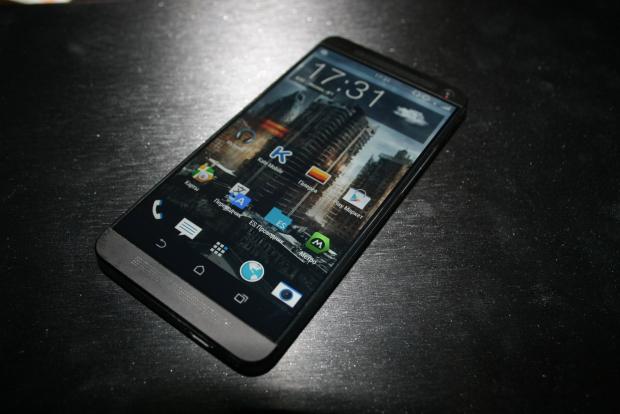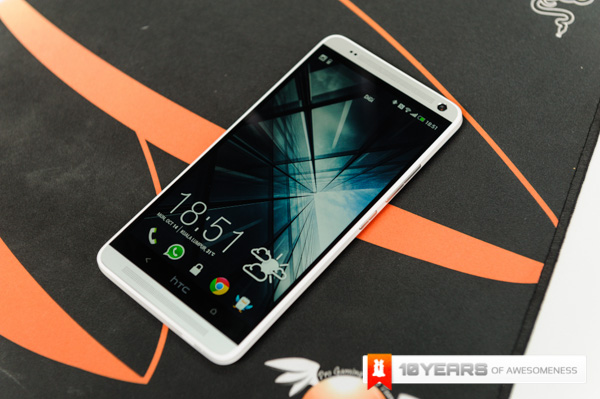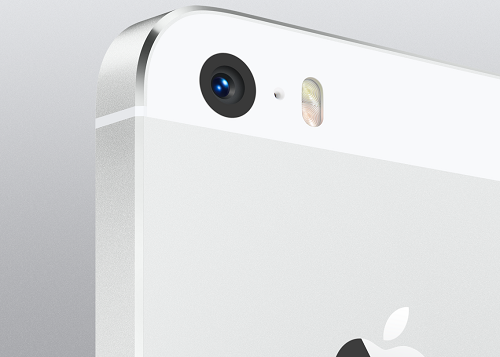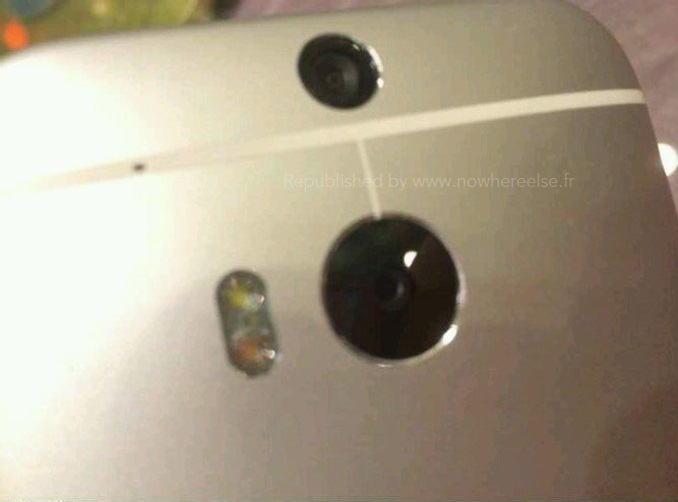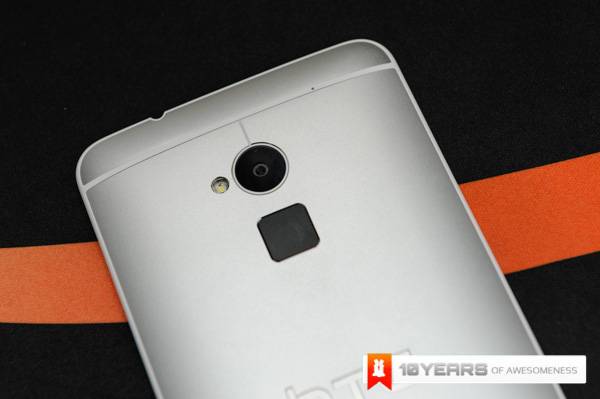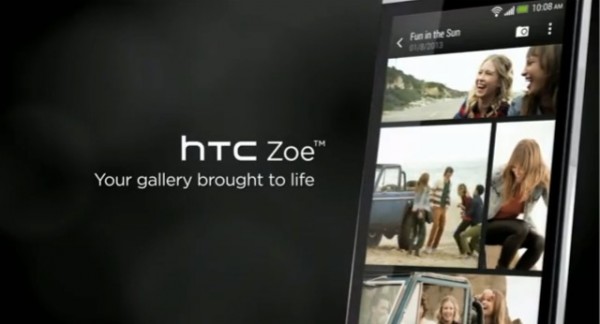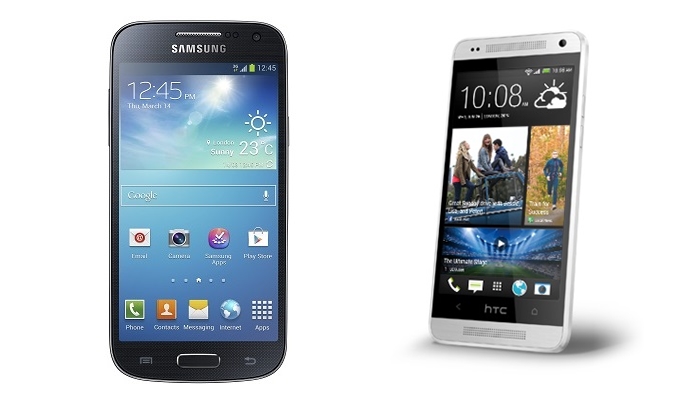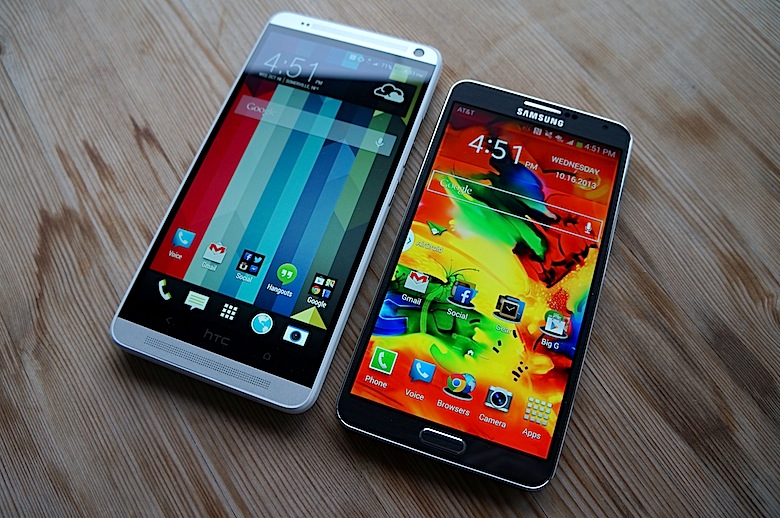Readers who have been with Lowyat.NET for a while will know that I have always liked HTC phones. From the Desire to the Desire Z, the HTC One X to the awesome “Kanye West” phone, the One S, right up to the more recent One and One Max, I’ve always found HTC devices as some of my favourites through the years. So following what could only be described as one of the worst showings for HTC in 2013 despite having a great phone in the form of the HTC One, it left me more than a little disappointed. After returning from the HTC Frequencies Asia event, I genuinely believed that the company was ready to turn things around and in a big way.
After reading this article on The Verge, it got me thinking: a wearable is all well and good, but what could HTC do to make the right steps to turning things around? Seeing as how HTC have opened a dialogue channel with the media by hosting the Frequencies events, here are a few things I think that would help move things on the right track.
Have your say too! What do you think HTC can do to improve things? Let us know in the comments section and the best suggestions will be compiled and sent to HTC directly!
Article continues after the jump
1) Ditch the gimmicky UltraPixel and return to a regular camera like everyone else!
I understand the logic behind this. One part of a great smartphone camera is how well it performs in low light, and by making each pixel that much bigger, the low light performance on the phone is supposedly better. The downside is twofold: firstly, you won’t have a very high MP count, therefore your pictures will be less likely to resolve fine detail like, say, the Xperia Z1. Secondly, the education of “higher MP is not necessarily better” has been around for the longest time, but it takes more than just that to change a consumer’s mind. Look at how Nokia promoted their Lumia 1020. They shouted from the rooftops about the 41MP camera when there was a whole lot more to that. Then again, the Lumia 1020 is one heck of a camera – and its low light capabilities blow the HTC One clear out of the water.
The Lumia 1020 is a perfect example of how everything can tie together and provide an incredible experience for a smartphone camera. But if you want, you can even go the iPhone 5s route and come up with an incredible dual LED flash solution that is insanely effective! I know that in the leaked image of the upcoming HTC One successor, there looks like there will be a dual flash so perhaps there is hope for HTC’s imaging capabilities for now.
2) Stop disguising gimmicks as innovation
The HTC One max is a prime culprit for this point. I understand the desire for a fingerprint scanner on a phone; I don’t agree with it, but I understand it. But why would you put it on the rear of the phone, below the camera, and force a swipe action? Sure, it can unlock your phone as a password but after the first day of using that, I’ll bet you that you’ll go back to the regular swipe-to-unlock. Let’s not forget that you have to actually wake your phone before you swipe!
Granted you can store different shortcuts with different fingers, but how much harder is it to just tap a shortcut to an app on your homescreen or even lockscreen? I don’t particularly agree with the iPhone 5s’ TouchID either, but at least you can auto-fill your annoying App Store password!
Another one is Zoe. Zoe is touted to be as simple as “HD Pictures That Move“. Pressing the shutter will result in 20 photos and a 3-second video for a unique Zoe on your phone. Wouldn’t you be better off just taking a video so you’re not limited to 3 seconds? I am yet to find a single person who uses Zoe outside of showing it off maybe once or twice to your unamused friends. The only cool part is the sequence action shot which stitches together a sequence in one photo.
Innovation is the discovering the phablet form factor, the Nokia PureView cameras, the Sony QX10 & QX100 lens-style cameras; heck, even BBM was a fantastic discovery. Features that will be used only to impress your friends and not adding value to your daily interactions with your phone are just that.
3) Don’t Forget The Non-Flagship Phones
There is a larger market than just the top end of the scale where the HTC One and Butterfly S reside (which are cannibalising each other’s share of the market, by the way). Samsung and to an extent Nokia have this down perfectly well, having a strong offering across all price ranges. In comparison, HTC have not put much focus on promoting their One mini, which is a smaller and more affordable version of their flagship. We saw it at the Frequencies event last year but that’s about it; there was no local launch event for the device.
I’m glad that they are doing something about this. Quoting an earlier article:
“Cher Wang said that the problem in 2013 was that the company was concentrating on its flagship smartphones, and only had two devices for sale for under USD$150 while the rest of the 21 were priced over USD$500. Don’t be mistaken though, the HTC One and other high-cost models were very well received but Cher Wang said that their focus has led them to miss “a huge chunk of the mid-tier markets” last year. HTC’s aim this year is to focus on cheaper smartphone in China for around 1,000 to 2,000 yuan in addition to releasing models in new markets such as Myanmar but will not tap the “very, very low end market” occupied by companies such as Xiaomi and Huawei.”
I for one would love to see HTC pull a Moto G, a mid-range phone that I am particularly fond of.
4) Price is Power
I will take the One max as an example once again; when we were previewing the device at the Frequencies event in Singapore, the general consensus was that for the One max to do well, it would have have to be priced below the closest competitor, the Samsung Galaxy Note III which had a launch price of RM2,399. Unfortunately at launch, the One Max retailed for RM2,499 with the most impressive accessory, the smart flip cover unavailable and not bundled at launch.

Granted, a RM100 price difference would not be a big deal if the device was as good as its competitor but in the specs race, the One Max was definitely not on par with the Note 3. This is not the first time HTC have done that; the One Mini retailed at RM1,699 at launch compared to the S4 Mini at RM1,499.
If you are not going to top the specs race, price your device accordingly. If the cost to put in an UltraPixel camera, Zoe or a fingerprint scanner requires the high price, why not omit it and you’ll have a better time. If the One max came bundled with the smart case at RM2,299 or even RM2,399 it would have been a much better value proposition than right now. Heck, I’d even pay RM2,499 for the Lumia 1020 with the camera grip over the One Max.
—
HTC are nowhere near down and out, despite recording their worst quarters ever last year. I have faith that they can bounce back and if the rumours we are seeing are true for their next devices, some of these points will already be taken on board.
What do you think? What can HTC do to improve their devices?
Follow us on Instagram, Facebook, Twitter or Telegram for more updates and breaking news.


